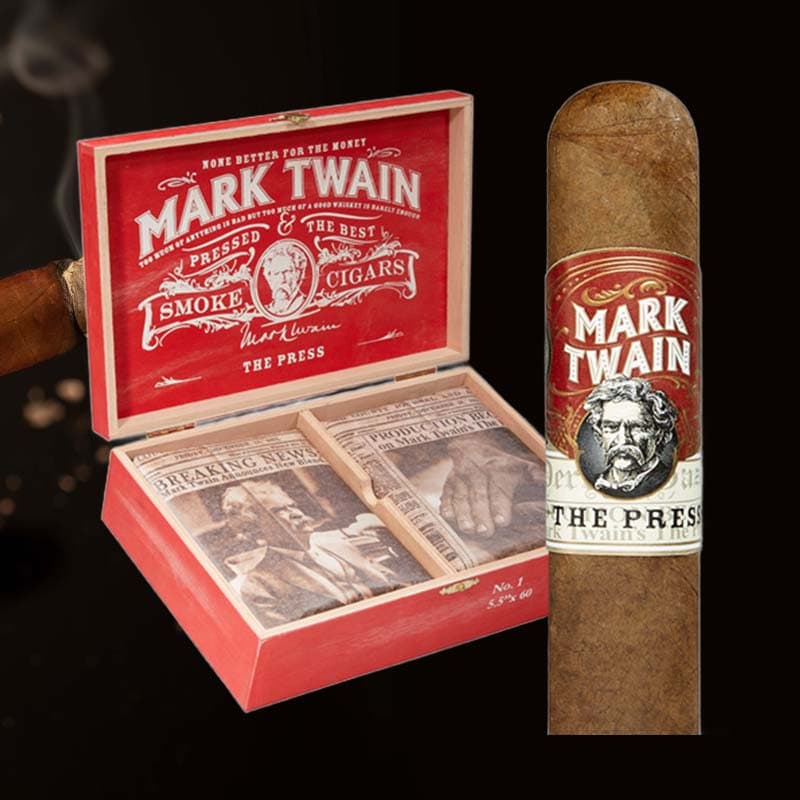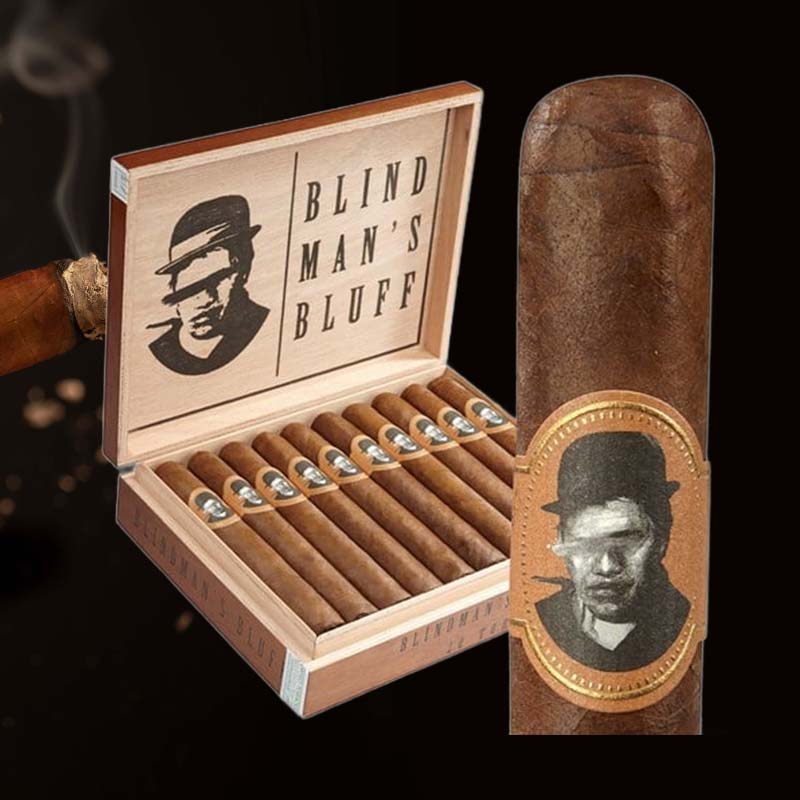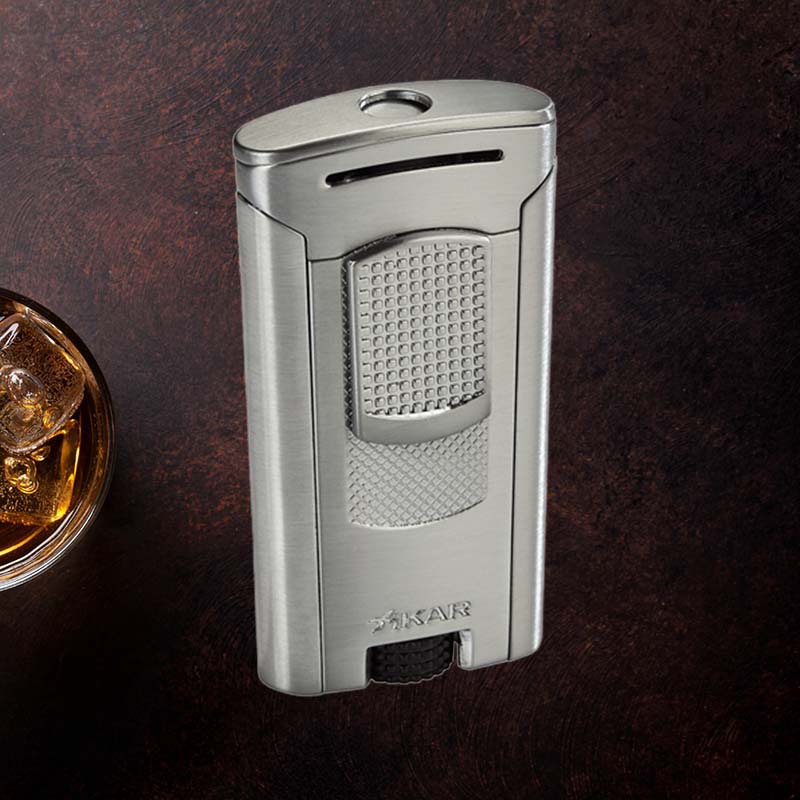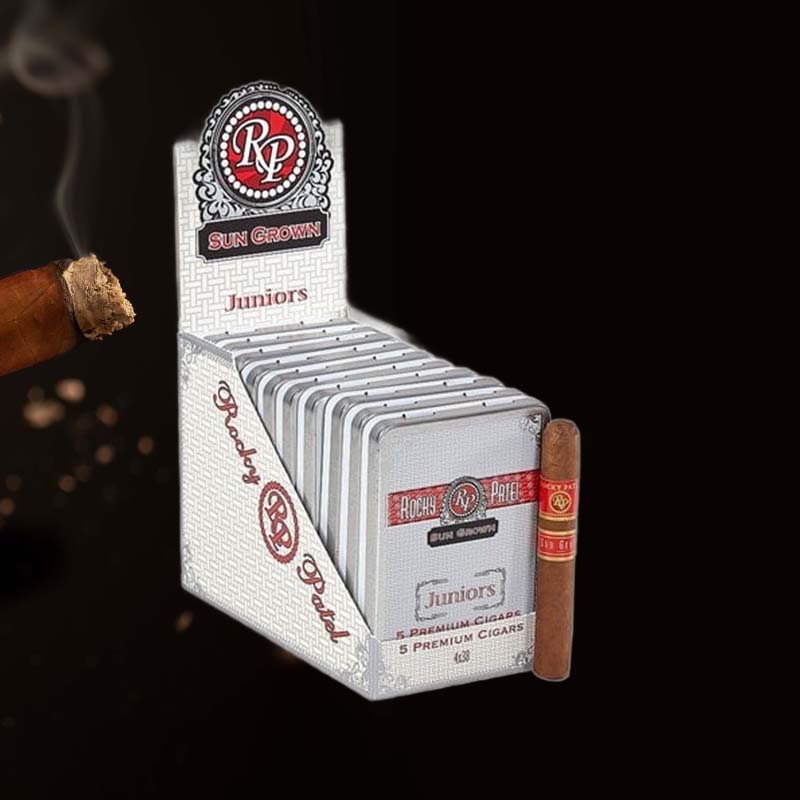How to fix a scorch torch lighter
Introduction: Fixing Your Scorch Torch Lighter
When you’re ready to light up your favorite cigar or craft a culinary masterpiece, the last thing you want is a malfunctioning scorch torch lighter. I remember the first time it happened to me—standing there, lighter in hand, frustration bubbling as I tried in vain to ignite the flame. Don’t worry! In this guide, I’ll walk you through how to fix a scorch torch lighter with practical steps, insights, and a little extra care to bring your trusty tool back to life. Let’s dive right in!
Step 1: Tools You Will Need for Repair

Gathering Necessary Tools
Before embarking on the repair journey, it’s important to gather the right tools. This will ensure a smooth process without unnecessary interruptions. Here’s what you’ll need:
- Small Phillips screwdriver
- Flathead screwdriver
- Butane fuel
- Compressed air can
- Cotton swabs or cloth
- New flint piece (if needed)
Step 2: Diagnosing the Issue

Identifying Common Problems
Understanding what’s wrong is key to fixing it. Some common issues I’ve encountered include:
- Absence of flame
- Flame that is too low or inconsistent
- Flame sputtering and making odd noises
- Failure to ignite
Taking a moment to identify these issues will save you time as you proceed.
Step 3: Opening Your Scorch Torch Lighter

How to Safely Open Your Lighter
Now, let’s get into the heart of the matter—safely opening the lighter. Here’s how I do it:
- Remove the butane tanks by unscrewing them.
- Use the Phillips screwdriver to uncover the lighter casing.
- Carefully separate the components.
Step 4: Checking the Flame Adjustment
Understanding Flame Height and Quality
Next, I check the flame adjustment. If the flame is too low or nonexistent, adjust the dial found on the lighter’s base. I’ve found that turning it clockwise increases the height—experiment a bit to find the right level for your needs. A consistent flame is crucial for an optimal lighting experience.
Step 5: Inspecting and Replacing the Flint

How to Check and Replace Flint
If the spark is absent, the flint could be the culprit. Here’s how I inspect and replace it:
- Locate the flint chamber—usually a small opening near the ignition button.
- Carefully remove the old flint using the flathead screwdriver.
- Replace it with a new flint piece, ensuring it’s secure.
Step 6: Cleaning the Jets
Tools and Methods for Jet Cleaning
Now, let’s ensure the jets are free from clogs or debris. Here’s my method:
- Use compressed air to blow out any dust inside the jets.
- Utilize cotton swabs dipped in isopropyl alcohol for gentle cleaning.
- Repeat as necessary until the jets are clear.
Step 7: Refilling the Butane

Proper Refilling Techniques
Don’t forget to refill the lighter! Here’s how I do it:
- Hold the lighter upside down and press the refill nozzle firmly.
- Fill until you hear a hissing sound, indicating it’s full.
- Wait a few moments before attempting to reignite.
Step 8: Bleeding the Tank

How to Properly Bleed a Torch Lighter
If the flame isn’t consistent even after refilling, bleeding the tank is important. I recommend:
- Use a flathead screwdriver to press the refill valve gently.
- Let the excess butane escape completely.
- Refill once you’re done.
Step 9: Reassembling the Lighter

Putting Everything Back Together
After addressing all these components, it’s time to reassemble:
- Carefully place the components back in their original positions.
- Secure the casing with screws.
- Attach the butane tank firmly.
Step 10: Final Testing
How to Ensure Your Lighter is Working Properly
Now, let’s test it! Press the ignition button and watch for a strong flame. If everything went smoothly, your scorch torch lighter should now light up perfectly—ready for use!
Troubleshooting Common Issues

What to Do If It Still Doesn’t Work
If your lighter still doesn’t work after following these steps, it might be time to examine the refill valve or internal components for deeper issues. Sometimes, it may be more complex than it appears!
Additional Maintenance Tips
Ensuring Longevity of Your Scorch Torch Lighter
To ensure your lighter lasts, I recommend regular cleaning and proper butane refilling techniques. Always store it in a cool, dry place, away from direct sunlight. These tips have certainly helped my lighters withstand the test of time.
When to Seek Professional Help

Signs Your Torch Lighter Needs Expert Repair
If you notice ongoing issues even after troubleshooting or if the lighter shows physical damage (like cracks), reaching out to a professional is the best choice. They can provide solutions that are beyond DIY repair.
Conclusion

Recap of the Repair Process
Fixing a scorch torch lighter doesn’t have to feel daunting. With the right tools and understanding of each component, you can troubleshoot and repair your lighter with ease. Now I feel empowered to enjoy my smoking experience without the frustration of a malfunctioning lighter!
FAQ

How do you fix a torch lighter that won’t spark?
To fix a torch lighter that won’t spark, check the ignition mechanism for dirt, replace the flint, and ensure there is sufficient butane in the tank.
Why is my torch lighter not working?

A torch lighter may not work due to inadequate butane levels, a clogged jet, issues with the flint, or problems with the igniter.
How do you fix a sputtering torch lighter?
For a sputtering torch lighter, ensure the jets are clean and free from debris, adjust the flame setting, and consider bleeding the tank to remove excess pressure.
How do I unclog a torch lighter?

To unclog a torch lighter, use compressed air to blow through the jets and gently clean them with a cotton swab soaked in isopropyl alcohol.





